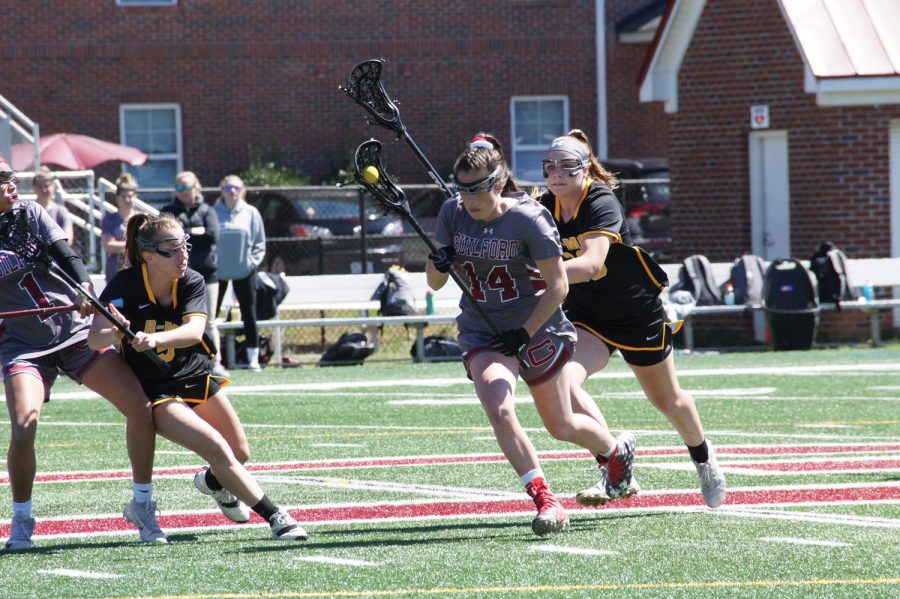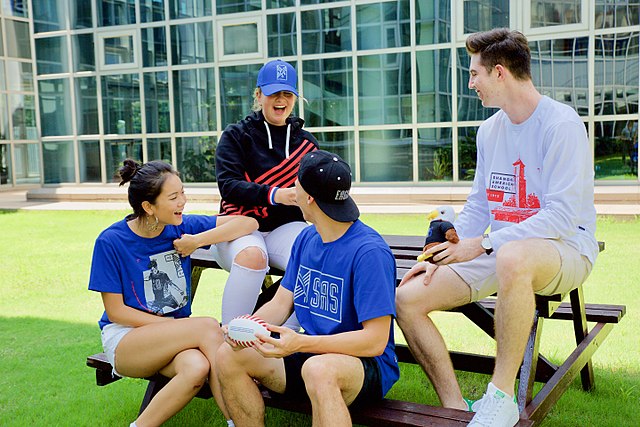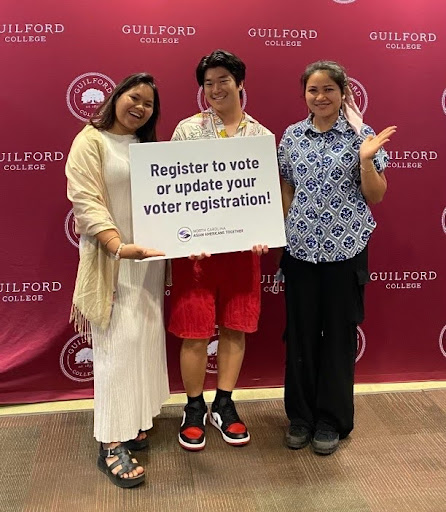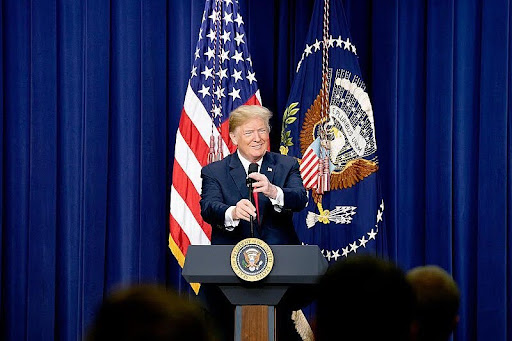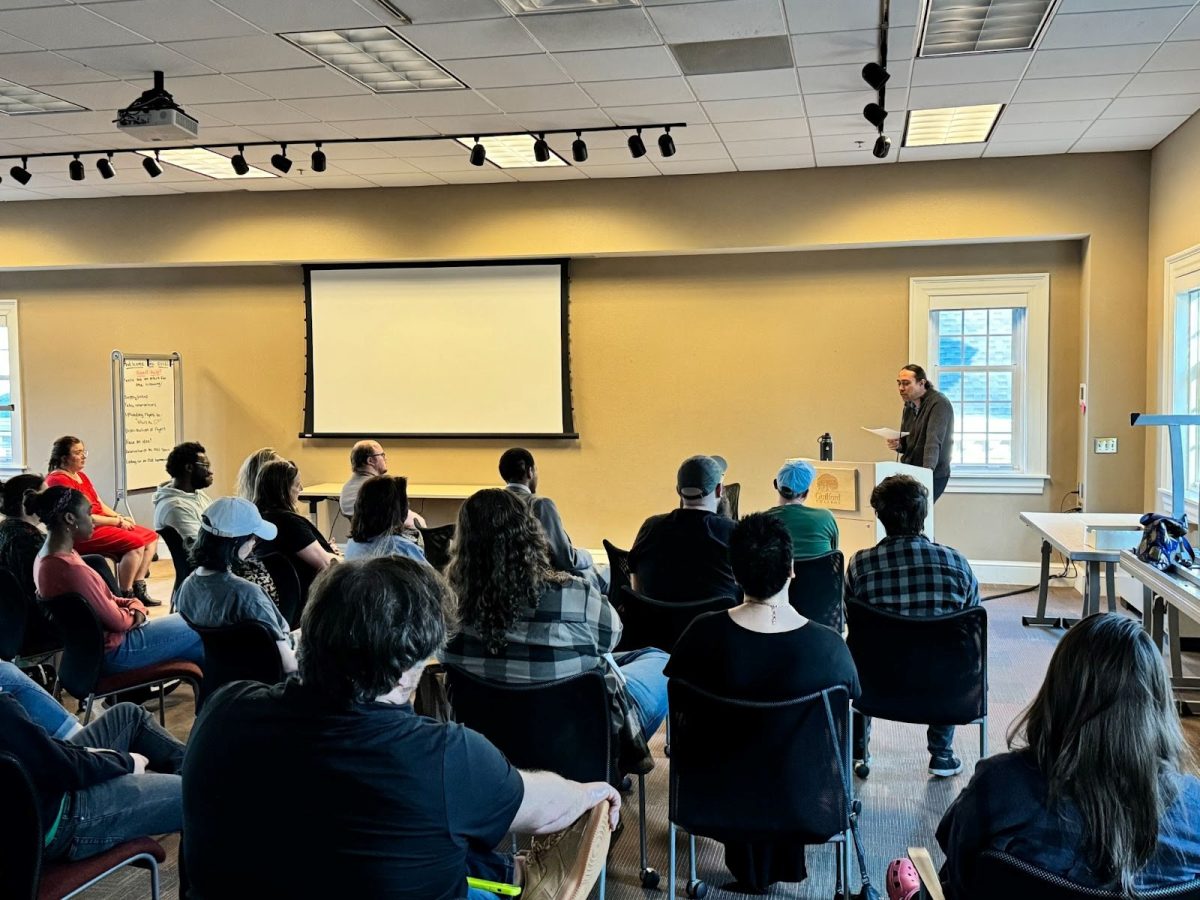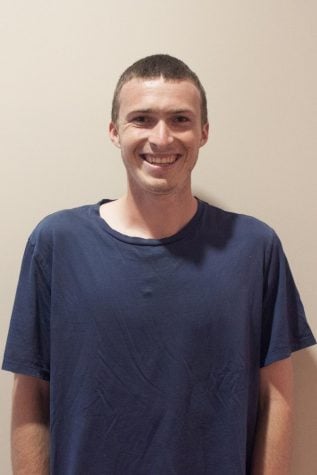“Eat food, mostly plants, (but) not too much,” said Michael Pollan. “It is really all you need to know about nutritional guidelines.”
On Sept. 30, Pollan gave a Q&A on sustainable food practices at Founders Hall, which was followed by a presentation at the Greensboro Coliseum. His talk revolved around his visits to six different farms.
Pollan used these farms to demonstrate the various types of agriculture in the nation and to show that, in some cases, there is more to them than meets the eye.
His first visit was in 1998 when the agrochemical company Monsanto let him tour a farm in Iowa growing genetically modified potatoes. The 35,000-acre plantation was made up of crop circles that contained an irrigation pivot, which expelled water, pesticides and fertilizer.
“The farmer is not riding the tractors in the field,” said Pollan. “He is in a concrete bunker attached to his house. In this bunker is a wall of monitors, each one of them (showing) six crop circles. The farmer can adjust the water, fertilizer and pesticide levels from inside.”
He continued with a story about a cattle farm that he smelled while driving in California. The odor came from Harris Ranch, the biggest feedlot in the state.
“I saw these two pyramids in the distance: one was a pyramid of corn, and one was a pyramid of manure,” said Pollan. “They were three or four stories high. I realized what those cattle were doing. They were translating the pile of corn into the pile of manure and, along the way, producing our hamburgers.”
Pollan’s third visit was to a 500-acre corn and bean farm run by a man named George. George did all his farming from the seat of his tractor.
“It’s highly mechanized,” said Pollan.
“You’re very seldom walking around, and essentially, in a year, you work about six or seven weeks.”
According to Pollan, in this type of practice, all the farmer is doing is “driving and spraying.”
The fourth farm was Poky Feeders, a feedlot in Kansas that can accommodate around 50,000 animals.
“There are these cowboys, these guys with big hats on horses, but (they are actually) vets, saving these animals when they get into trouble,” said Pollan. “And they get into trouble because they’re eating a diet they’re not equipped for, which is corn and lots of grain.”
Next, he discussed Petaluma Poultry, an organic free-range chicken producer that, according to Pollan, does not look the same in person as the labels of their product show.
“I put on a hazmat suit and went into the chicken house,” said Pollan. “It looked like any other chicken house. It was about a hundred yards long and had big fans at each end.”
While on the tour, Pollan asked a farmer when the chickens were allowed to go outside.
“We don’t let them out until they’re five weeks old,” said Pollan, paraphrasing the farmer. “We’re afraid they might get sick because they don’t have antibiotics.”
Nick Mangili, the Guilford farm manager, agreed with the points Pollan made on organic farming.
“There’s a lot of stuff that’s still acceptable and allowed within organic agriculture that we wouldn’t want to do here,” said Mangili. “I think (a better alternative to organic) is when you have people managing smaller parcels of land intensively, producing many things, generating soil and doing the carbon sequestration stuff.”
Pollan’s final point of discussion was a sustainable farm called Polyface Farm, run
by the self-proclaimed grass farmer Joel Salatin. This was where Pollan found a method of farming different from any other that he had seen.
“The chickens are always moving, and the cattle are always moving, and the chickens are fertilizing the pastures,” said Pollan. “So six weeks later, there’s this flush of (grass) growth, and (Salatin) can bring another animal.”
Many students attended the event, and were fascinated by the concepts introduced.
“Food is one of our greatest equalizers,” said first-year Dora Claire Baker.
Pollan left a list of ways to support farmers and something for everyone to think about.
“How do we help the world feed itself?” he asked.


